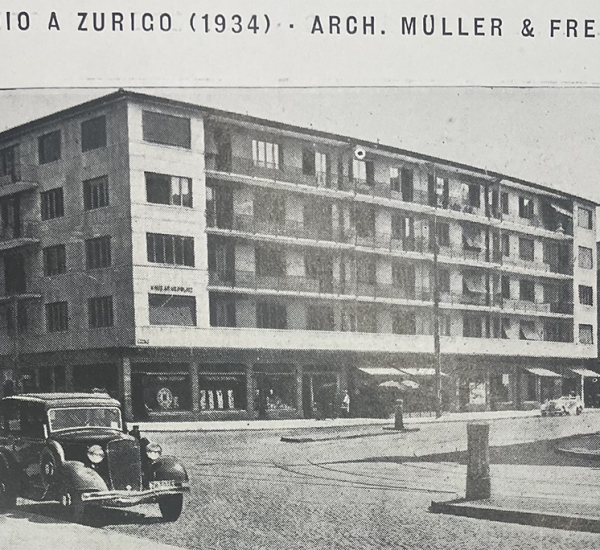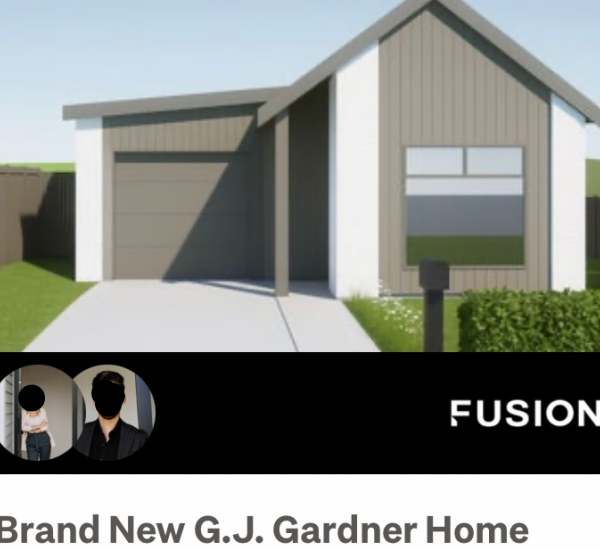It seems that the roadmap to congestion pricing is itself congested: gridlocked by an array of obstacles and opinions.
We have a $200k report/proposal, dense legal obstacles, technical challenges, a mayor that is “not even lukewarm”, and a public that is overwhelming against the issue.
So what happens next? Nothing?
The first hurdle seems to lie with parliament, in the resolution of the various legal issues that block the access charges on a state highway. Of course this issue is to be postponed for a “future government;” for a time when the problem is so sufficiently entrenched that the public will be sufficiently mellowed to any proposed changes.
Its a shame – Wellington is in many ways the ideal candidate for congestion pricing. The linear road corridors mean that minimal infrastructure is needed, and the various options proposed for the Ngauranga to Airport corridor will undoubtedly require the sourcing of significant new funds in the future.
Looking at the comments that the Dom received from both its street sampling and its online discussion, one of the issues cited by several interviewees is that as they are already being taxed on petrol prices, so another levy is unnecessary and unfair. The latter may be true, but certainly not the former. A petrol tax does not influence traffic trends except in a general sense. A reduction of traffic during peaks hours is much more important than a slight decrease in overall car use – hence why we have this proposal.
Ideally the implementation of a congestion charge would be coupled with a slight reduction in the region’s petrol tax. This would be so that the gross amount of taxation in the system remains unchanged, but we gaining the selective discrimination that congestion charging aim for.
Another commonly raised issue was the lack of quality public transport. This may certainly be true, but doesn’t this ignore one of the key points of the proposal – to generate revenue that can then be used to improve public transport?
If you will – in order to contrast the stick with the carrot, it seems that we must first purchase a carrot…
Putting the brakes on rush hour




How do you generate more revenue to improve PT if you’re reducing petrol tax to ensure the amount of taxation stays the same?
Prefer to see the congestion charge implemented without any changes to petrol tax and 100% of congestion charge funds spent on PT. Also think that the charges were a little low. A dollar was it to come in from Tawa!? Tawa has good rail connectivity that could be easily improved. $1.50 or something from Petone? It should be more like $5 from these places. And they should start out with these things proposing higher than anticipated charged because they’ll only get knocked back down. And it’d be impossible to increase them. They need to be at an effective level from day one and less than the cost of 1/3rd a cup of coffee isn’t going to do that.
There is a matter of lacking leadership and courage I think. London had bold leadership on the issue that just did it. New York had leadership that championed it and encouraged it and allowed it to get voted in (even although Albany subsequently killed it).
With our Mayor saying she’s not even lukewarm on it, well… what planet is this lady one.
But you can’t just wait for money to roll in before you purchase improved public transport – it has to be in place before the congestion charge goes on. London did that by ordering hundreds of new buses (the much hated ‘bendy’ bus so patently unsuited to the majority of London streets), so at least they would be able to cope with the increased enslaught of passengers from day 1. NB: London’s alternative ‘bold leadership’ (ie mad Boris, not Red Ken), is campaigning to abolish the congestion charge, and there is a good chance he will win the election there.
Here we have ordered new trains, and they are starting to arrive, but I understand it will be quite a few years before they are all here. We’ve designed, and i think ordered, new trolley buses, but I’ve only seen one on the road so far. At least that is one good thing that Mayor Kerry is prepared to do – ie to rack up a hefty bill now for infrastructure, and put it on the Hire Purchase to be paid off by later generations.
The net income change model is just an example of how things could be done if we were to ignore the other purpose of the congestion plan, (extra revenue generation) which many people have a problem with.
The extra infrastructure point is a good one, the congestion plan would be slated for implementation in 2011, when the majority of the new trains/buses/lanes etc would be in place (i assume).
Mayor Kerry isn’t putting transport infrastructure on the Hire Purchase to be paid off by later generations. She is using money that the government has been taking from other region’s petrol tax contributions to the consolidated fund. But from July this year that money will be paid directly to Land Transport NZ at which point the diversion of funds to Auckland and Wellington will be open to legal challenge. Crown appropriations to the Land Transport Funds can have strings attached but statutory appropriations cannot. LTNZ is required to act independently of Cabinet when preparing the NLTP. The current situation violates LTNZs funding allocation guidelines so it simply cannot legally continue.
As Wellington never repayed the asistance it received from rural North Island regions towards the cost of the Foothills Motorway it is unlikely the courts will regard the current situation as “loans”.
So the big question is how will Wellington be able to pay for it’s current land transport investments without these subsidies? Especially if the courts decide that the extra assistance (after 1/7/08) has to be refunded to the contributing regions.
The short answer is you need to exercise your regional petrol tax option at the maximum amount. If you want to spend more on land transport then you could introduce congestion charges as well.
Thanks for your insight Kevyn, I had come across your site before (petroltax.org.nz), definitely worth a visit.
If we have to generate extra revenue, then surely congestion pricing would be our best option?
Phillip, Yes, congestion pricing would be our best option. But I would prefer to see something better than a simple cordon charge. I’m sure GPS and computer technology is close to the point where it would enable charging for road use, including kerbside parking, on all roads in accordance with the actual demand at that time. This would be an effective way of encouraging walking school buses or public transport travel to sports events as well as discouraging spillover parking from workers onto residential streets near factories and malls.
Some congestion researchers have suggested that “free” or subsidised worker and customer parking is as important as unpriced roadway capacity. Why should off-peak travellers pay for motorway lanes that are only needed in the peak periods?
erentz
Kerry’s opposition is understandable from a Wellington City POV. It will make the CBD’s at Lower Hutt and Porirua more attractive. One more reason for a ‘SuperCity’.
Alex
On the face of it that sounds logical, but not so sure on that myself.
Given this was only intended for during peak hours, it doesn’t discourage travel outside of those time for shopping, recreation, etc. And businesses are not going to choose to locate in the hutt valley because of a few dollars per person. The cost of rent for a business is far more expensive in the city, and this is a more direct and obvious cost. Yet hasn’t caused a massive movement of businesses choosing to locate in say Lower Hutt.
A super city is probably another topic for this blog entirely. Would it be good? I don’t know, remember Wellingtonians are more progressive than most of the rest of the region and favour PT investment more (but not enough apparently). In a super city, would our voices on land use, transport, etc be drowned out a little too much? Or instead as a city with 40% of the regions population would our voices now actually start to carry more weight than they do currently?
The point about needing good public transport before congestion charges is right – but of course all those other aspects about making the inner city appealing to other modes of transport (I’m thinking of cycling and walking in particular) also need attention. Rethinking cheaper things like traffic light sequencing to prioritise non-car traffic, and making the city increasingly more inconvenient for the majority of car users has to be more comprehensive than just congestion charging (don’t get me started on the ridiculous inconvenience of the by-pass!). There seems to be a huge amount of words around the topic, but little action re: making the city safer and more appealing for more people to take alternative transport options (e.g. bus shelters that can protect passengers from Wellington’s weather might be another example which needs to be addressed).